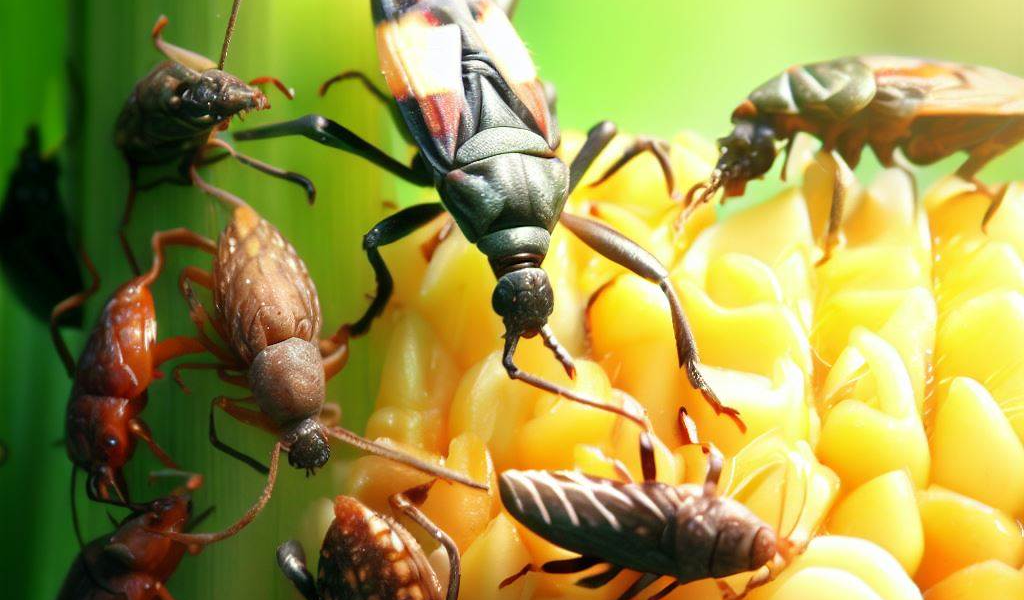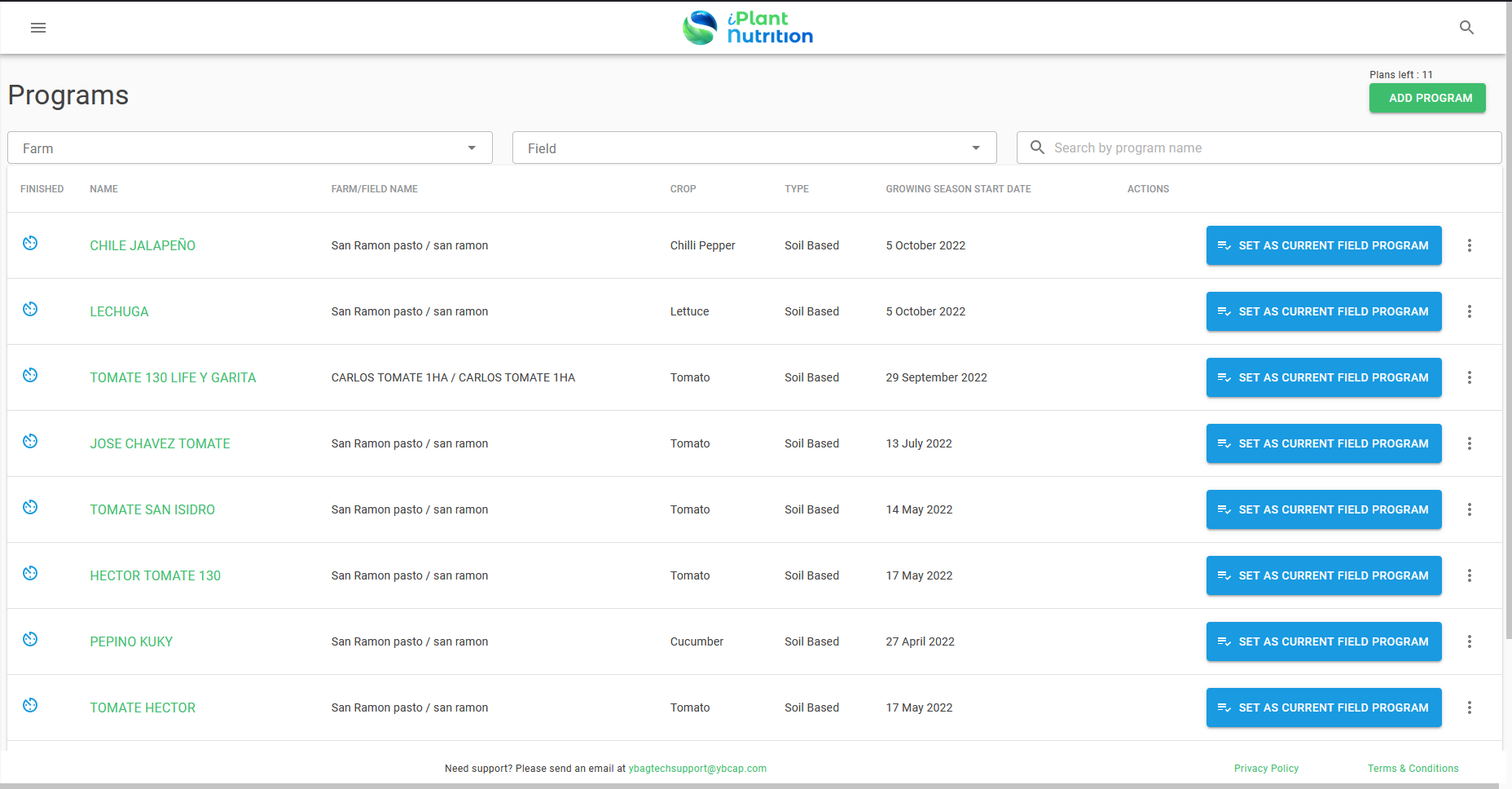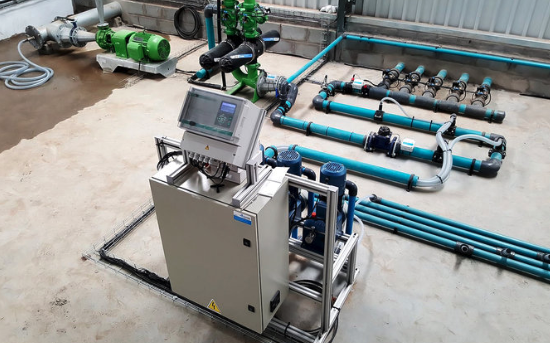Recognizing and Managing Pests in Farming: A Comprehensive Guide
As farmers strive to enhance their agricultural practices, the presence of pests can pose significant challenges. Effective pest recognition is a crucial aspect of successful farming. In this article, we will delve into the importance of pest identification, discuss common pests in farming, and provide insights on managing pest-related issues.

Why Pest Recognition Matters:
Pest recognition plays a pivotal role in maintaining healthy crop yields. Early detection enables farmers to take swift and targeted actions, reducing potential damage and the need for excessive pesticide application. By promptly identifying pests, farmers can adopt environmentally friendly practices and safeguard both crops and ecosystems.
Common Pests in Farming:
- Aphids: These tiny insects feed on plant sap, causing stunted growth and transmitting viruses. Yellowing leaves and sticky residue are indicative of aphid infestations.
- Caterpillars: The larval stage of moths and butterflies, caterpillars devour leaves and fruits. Regular inspection of plants can help spot chewed foliage and frass (excrement).
- Whiteflies: These small, white insects suck plant juices and spread diseases. Infested plants often exhibit yellowing leaves and a sooty mold growth on honeydew excretions.
- Spider Mites: These minuscule arachnids feed on plant cells, causing stippled or discolored leaves. Fine webbing between leaves is a telltale sign of their presence.
Managing Pest Issues:
- Integrated Pest Management (IPM): Implement IPM strategies that involve a combination of biological, cultural, physical, and chemical control methods. This holistic approach minimizes pesticide use while maximizing effectiveness.
- Crop Rotation: Rotate crops seasonally to disrupt pest life cycles and reduce their buildup in the soil.
- Beneficial Insects: Introduce predator insects like ladybugs and parasitic wasps that feed on pests, offering natural control.
- Use of Technology:
- Agricultural Software: Leverage advanced software solutions like those provided by IPNUK to monitor crop health, detect early signs of pest infestations, and receive actionable insights for targeted interventions.

- Precision Pumps: Utilize efficient irrigation systems and pumps from iFeeder Global to ensure optimal moisture levels, discouraging pest habitats.

Conclusion:
Recognizing pests in farming is a fundamental skill that empowers farmers to safeguard their crops efficiently and sustainably. By combining traditional practices with innovative technologies like agricultural software and precision pumps, farmers can take proactive measures to manage pest issues and achieve robust yields. Embracing a holistic approach to pest management not only boosts agricultural productivity but also contributes to the overall health of the farming ecosystem. For more discussions on pest recognition, farming techniques, and access to quality agricultural products, visit the YBAG Tech Forum. Join the community today to enrich your knowledge and connect with fellow farmers.

